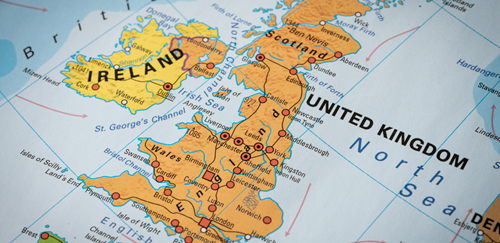Today DEFRA have released the first illustrative EPR fees that will apply to packaging classed as household waste, with a range of estimates for producers to use.
Whilst producers have been reporting packaging EPR data since 2023, the waste management fees that apply to packaging classed as household waste will not be payable until 2025. The fees cover the cost of collecting and recycling packaging waste by local authorities and are paid in addition to any PRN obligations.
DEFRA have stated that fees will be incurred from 1 April each year, based on packaging supplied by registered producers for the preceding calendar year. As the deadline to report data to government is 1 April, they have confirmed that the final fee rates won’t be known until after 1 April 2025.
First illustrative EPR fees
These first illustrative fees have been provided as low, medium and high estimates for producers and will be further refined in September 2024.
Material | Low estimate £/tonne | Medium estimate £/tonne | High estimate £/tonne |
|---|---|---|---|
Aluminium | £245 | £495 | £655 |
Fibre-based composites | £410 | £525 | £655 |
Paper or board | £185 | £260 | £350 |
Plastic | £355 | £515 | £610 |
Steel | £170 | £295 | £420 |
Wood | £225 | £265 | £330 |
Other | £225 | £265 | £330 |
Glass | £130 | £260 | £330 |
The fees have been calculated using weights of household packaging placed on the market in 2022, as a proxy for future packaging that will be known once data has been submitted by 1 April 2025. DEFRA has stated that EPR data that has been submitted so far has not been used due to “identification of anomalies which require rectification”.
The fees include estimations of Local Authority packaging waste management costs by WRAP, except for glass that used a different Defra methodology. It is expected that a DEFRA methodology for calculating the fees will be applied to all materials, once it has been refined.
DEFRA have stated “These estimates have been included to provide as much information as possible to producers, and to form the basis for ongoing engagement with industry on the underpinning methodological assumptions in advance of the next release of illustrative base fees.”
They also stated an important caveat that “While these illustrative base fees can help industry with early preparedness, these figures are still subject to significant uncertainty and will change in future.”
It is expected that the Scheme Administrator will issue invoices in early summer each year and that the first year of invoicing may operate to a different timetable as the Scheme Administrator may still be in the process of being formally established. Fees will be invoiced directly to producers and not via their compliance scheme.
A significant milestone
Robbie Staniforth, Innovation and Policy Director, commented “Today’s release of information is another significant milestone on the road to EPR implementation. Given remaining cost uncertainty of the new system, it is understandable that the Government has given a range of expected costs.
“These indicative fees will allow packaging producers to start the complicated process of agreeing internal budgets for these new costs in 2025. Approaches for how they use these indicative figures will vary, dependent on each individual company’s budget-setting process. We have already updated our industry-leading tool to help members understand cost implications.”
Updated cost modelling analytics
Our EPR cost modelling analytics tool in the Ecosurety Hub has been updated so that our members can easily review the implications on their future compliance costs. This is available for Advanced and Premium members. If you have any questions in the meantime, please contact our team.
Please click here to read the full release by Defra on the illustrative EPR fees.






